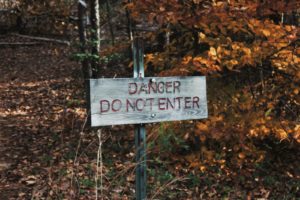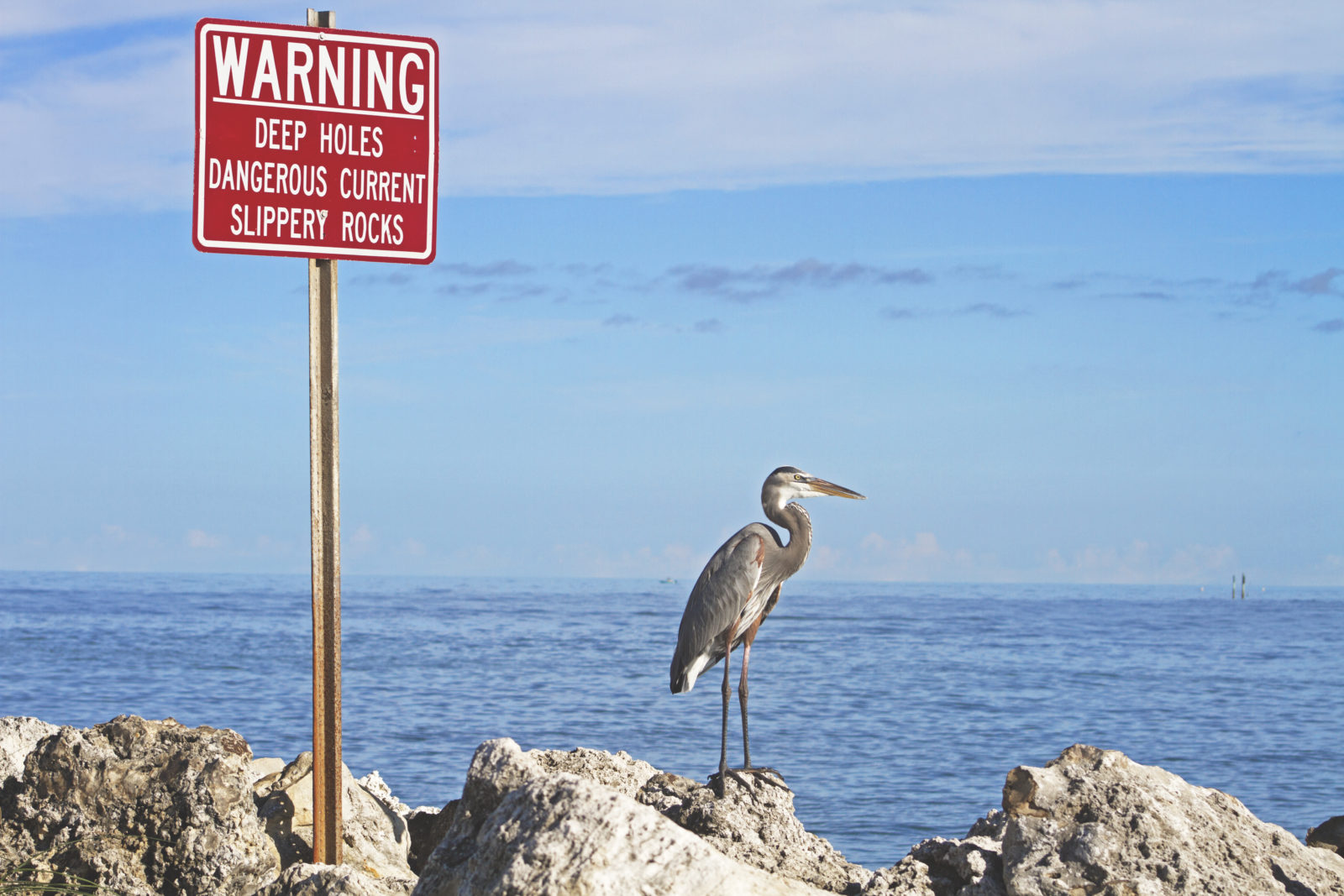For the last week, I’ve been thinking about how I think. And how you (probably) think. And how easily we slip into dangerous mindsets – ways of thinking that hold us back and keep us from being all that we were created to be.
Diving to Town
I was following a slow driver into town the other day. I, on the other hand, am not a slow driver. When I drive, I want to get there, and I’m willing to go as fast as possible while still being safe. Which is a lot faster than some drivers will drive the same road, I’ll admit.
However, in this case, we were on a pretty straight, non-threatening road on a dry day with no real reason to be driving five miles an hour below the speed limit. And it was taking a good deal of effort not to tail-gate the person in front of me. Good times.
Anyway, it has recently become my habit to repeat a Bible verse to myself in situations like this one:
“Do everything without grumbling or complaining … even driving.”
Of course, the reference is Philippians 2:14. And I added the last part, in case you were wondering. I also change it up depending on my particular situation, but driving tends to be a repeated fill-in for me.
But as I went over the words of that verse again, as it applied to my driving, I got to thinking about, well, how I think.
Mindsets
A mindset is a pattern of thinking, a way of viewing the world. And most of our mindsets are ingrained. They’re so habitual we don’t really notice them. Our brains–from habit or hard-wiring–flow into these channels of thought, and we follow them to the same ends without fighting them. Like ocean currents. Or a balloon riding along on the wind.
Most of our mindsets are formed when we were younger. Most of them are perfectly healthy and normal. They are how we engage with the world, learn to keep ourselves safe, and evaluate new circumstances. They are necessary.
But they can also be dangerous.
Because a mindset is our brain working on default. And when we’re in default, we are not thinking about, examining, or questioning anything about our mindsets. We are letting them move us to the same outcomes, over and over, without ever stopping to ask how and why we got there.
Dangerous Mindsets
As I said, we need our mindsets. We need to have channels of thought, patterns to follow mentally, and ways to categorize our experiences. Mindsets are part of being human.
A mindset becomes dangerous, however, when it moves us to unhealthy or selfish places.

These are the familiar paths that make us think, “I can’t change, that’s just how I am.” They keep us from owning our lives, taking responsibility for ourselves, and becoming all God created us to be.
And unfortunately, they can’t always be unlearned. We developed many of these mental habits as children and teenagers. We aren’t likely to simply stop doing them now. But dangerous mindsets can be managed. And they can be changed.
Changing Your Mind
Dealing with and changing your mindsets for the better can happen. Here’s how to deal with dangerous mindsets.
-
Notice them.
- Turn your brain on and direct it toward your life. Begin to ask yourself how to got to this reaction or that outcome. Think about your life and how your brain works. That’s the first step.
- Example #1: If you’re always angry when you drive, look for why. At what moment in the drive did the anger rise up? Was it another driver? Your kids yelling in the backseat? A sense that you were running late?
- Example #2: If you just had another yelling match with your child or spouse or friend, take a few deep breaths and ask when the dynamic shifted from normal into overdrive. Did you start the negative momentum, or did they? Was it a tone, a question, something that was (or wasn’t) said that started the brawl? What happened?
-
Don’t judge yourself.
- Our first impulse is often to beat ourselves up. These are “bad” mental habits, so we must be “bad” to have them. Other people don’t do these, we tell ourselves. (They do.) We must be awful human beings. Total failures. Losers.
- If those thoughts, or others like them, are the first thing that pops into your head, okay. Accept them. Let them out, but don’t try to catch them. They aren’t true. Or real. Or kind. They are the voice of shame in your mind, and you have to be honest about them. But you don’t have to let them bully you anymore.
- If you have a lot of these thoughts, I really recommend reading Brene Brown‘s books on shame. Or watch her YouTube videos of TedTalks that she’s done. Shame is part of everyone’s experience, but it doesn’t have to own you anymore. Read up on it and work it through. It’s more than worth it.
-
Understand where the danger is.
- Not every mindset is dangerous to every person. Some people’s brains are wired differently than yours. My husband can think a negative thought and set it aside without consequence. I hold on to negative thoughts and terrorize myself with them for days. I finally realized that our brains just work differently. So don’t worry about how the mindset works in other people’s heads. Find out what’s hurtful to you.
- Once you start to think about your mindsets, you’ll begin to see patterns emerge. Those patterns are the key to understanding what makes this a dangerous mindset for you.
- The patterns reveal not only what triggers your dangerous mindset, but what underlying fears or false beliefs about yourself, God, and the world are at play. The more of those you can recognize, the better able you will be to replace them.
-
Replace dangerous mindsets with the truth.
- Our mindsets are our primary mechanism for dealing with reality and the world we face every day. They are normal and necessary. But when they turn on us, we experience … and do … a lot of damage. So we have to change them.
- List out the triggers, fears, and false beliefs you notice in your own thinking.
- Ask God and others what is true and begin to use those truths to combat the mindsets that have taken control of your life.
- These truths can (and should) be Bible verses. If the Bible says it, we can trust that it is God’s best for us.
- “All truth is God’s truth,” said Mrs. Haffey, my college debate coach, and she was right. Find truth in quotations, wise sayings, or your friends’ and families’ words and use them as more ammunition in your fight against the lies.
- Get help. You might need a counselor, pastor, wise friend or professional therapist to help you work through this process. Don’t be afraid to get the help you need.
Making a List
I’m going to spend some time in the coming days examining some of the dangerous mindsets that I’ve noticed, in my own life and in others’ lives.
But don’t wait on my list.
Start today, thinking about your thinking patterns. Your dangerous mindsets do not have to control or damage you any more. You can change. And you can be exactly who God created you to be.



